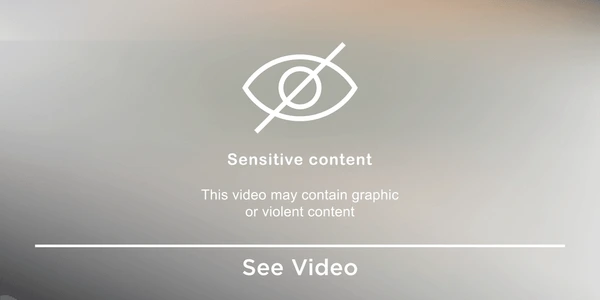
A plethora of graphic images and endless mentions of violence are present on social media networks. NetChoice, an organization dedicated to internet safety, found that 45,180,656 posts were removed across social media sites due to graphic violence.
This violence on social media may be the reason for desensitization to violence. Desensitization is the term used to describe the lack of appropriate emotional responses to stimuli that are used to induce said response. It is often attributed to overexposure to such stimuli. The stimuli that may be responsible for a rise in lack of emotional sensitivity to violence may be social media.
The Globe and Mail reported that “today’s college students are 40 percent less empathetic than those of the 1980s and 1990s” according to a University of Michigan study that performed personality tests on around 14,000 college students. “The astronomical growth of social networking and texting – technologies that allow people to tune others out when they don’t feel like engaging – may be to blame, the authors hypothesize” (The Globe and Mail).
Disagreement and Television
However, certain students and teachers at DHS beg to differ. Shea Moore, a DHS junior, refused to blame social media. While agreeing with the concept of desensitization to violence, she “[doesn’t] think that can be linked back to social media” and instead believes “it can be linked back to violent TV shows as a kid or just violence in schools, in general.”
This claim is supported by statistical evidence. The results of a National Institute of Health study “point to diminished empathy and reduced emotional reactivity to violence as key aspects of desensitization to real-life violence, and more limited evidence of physiological desensitization to movie violence among those exposed to high levels of televised violence.”
Despite the studies, Moore’s personal experience made her believe that social media does not desensitize people and, in fact, “gives you a new awareness of [violence] even if it is surface level.”
Anthony Steady, an AP Psychology teacher, concurs, explaining that “being desensitized to violence in media is not the same as being desensitized to violence in person.” Essentially, while a person may be indifferent to the graphic content in the television series they are watching, they will not be as indifferent or apathetic to viewing gore and violence in actual life.
Social Media to Blame?
Thus, a contrast appears between personal testimonies and statistical evidence. The dichotomy presents a possible research gap that can be explored. The indisputable fact, however, is that the average 18-year-old consumes more than 6000 violent videos yearly (The Campanile). The excessive amount of graphic violence on social media is another issue at hand. Whether it is to blame for desensitization to violence is another question.





















